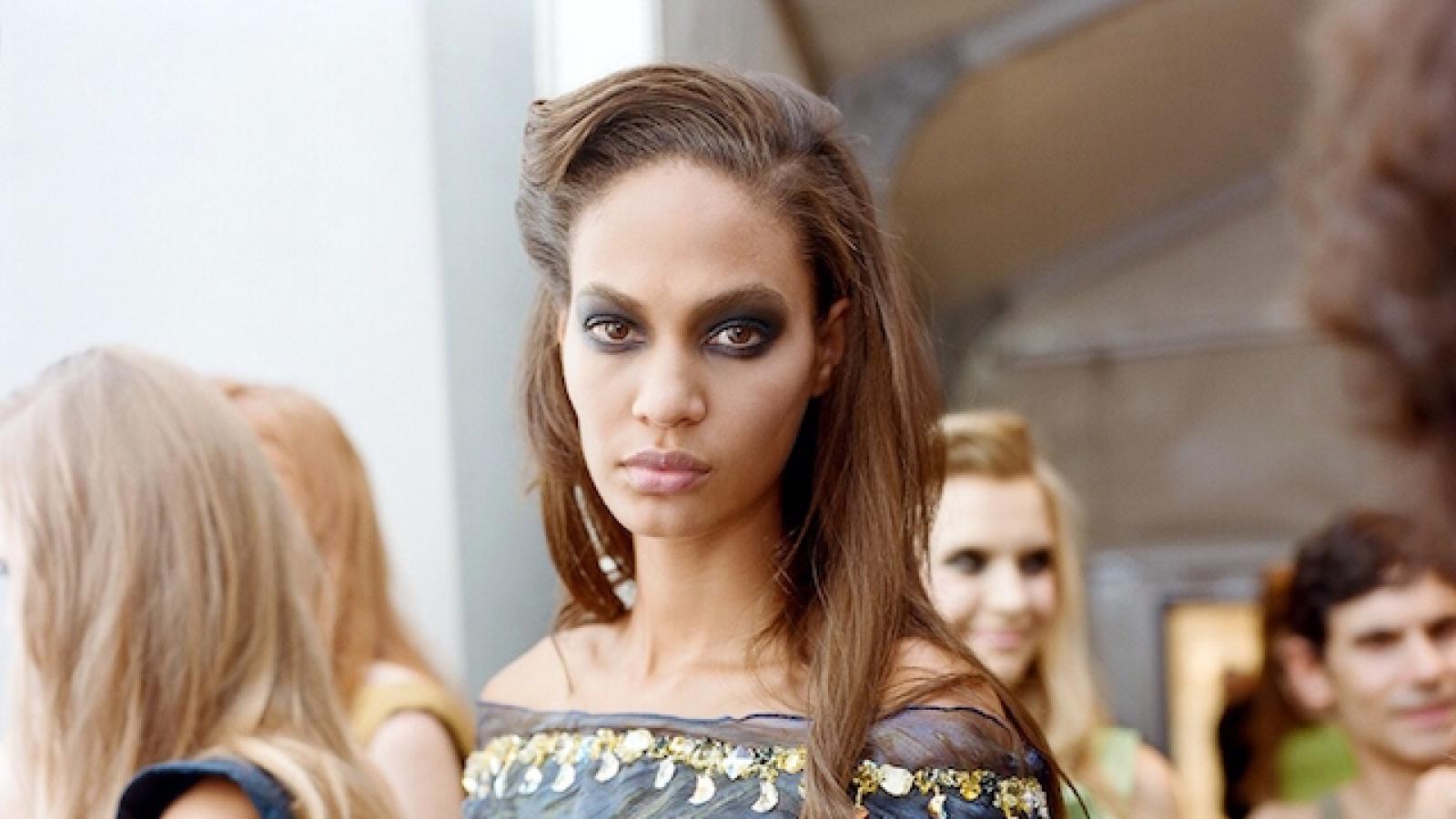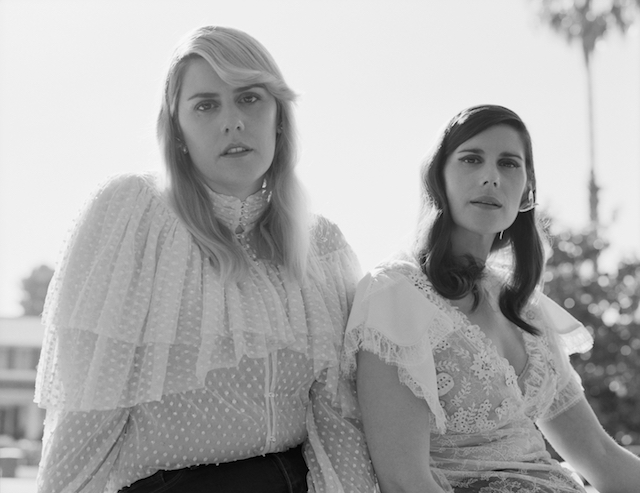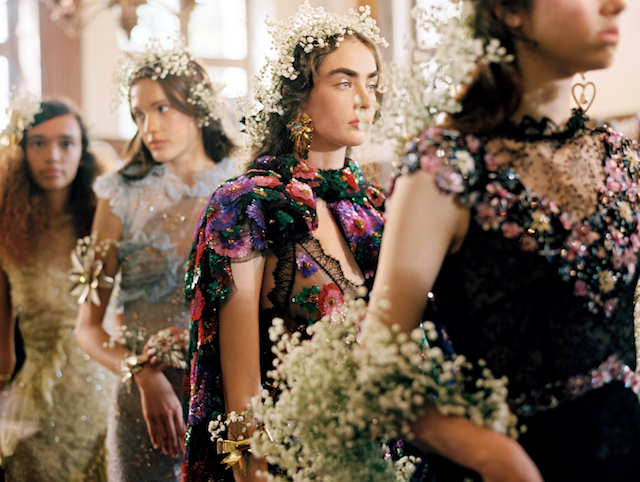National Museum of Women in the Arts Dresses

Rodarte, Spring/Summer 2012 backstage; Photo © Autumn de Wilde
The National Museum of Women in the Arts (NMWA) in Washington, DC, which has previously received National Endowment for the Arts grant support, has taken the plunge into fashion with an exhibit focused on Kate and Laura Mulleavy, the sibling designers behind the label Rodarte. Featuring work from 18 different collections from the label's first 13 years, the show—which runs through February 10, 2019—spotlights a wide variety of references pulled from the sisters' California upbringing and their love for movies, literature, and nature, among other inspirations. According to Fine Arts Museums of San Francisco Curator Jill D'Allesandro, who guest curated the show, the exhibit aims to show how the Mulleavys see their primary role as being storytellers.
Having majored in art history (Kate) and literature and the Modernist novel (Laura), both at the University of California at Berkeley, the sisters, who are a year apart in age, didn't seem to follow the usual track for breaking into fashion. According to D'Alessandro, however, fashion was always something "in the back of their minds. They always knew it's what they wanted to do, and they always knew they wanted to do it because they thought of it as a way of telling stories." While the duo opted out of traditional fashion and design classes, which they found restrictive, they'd been sewing since they were kids, having learned from their mother. The twosome also had an early fascination with film, and were interested in the ways that costumes could be a powerful part of the storytelling.

Kate Mulleavy (left) and Laura Mulleavy of Rodarte; Photo © Clara Balzary
The NMWA exhibit zeroes in on the deeply personal nature of the designers' work. The textures and colors of the Santa Cruz house they grew up in, for example, show up in the Fall/Winter 2013 collection, while their love for the movies shows up in the Star Wars-inspired collection from Fall/Winter 2014 and again in the costumes they created for Natalie Portman's character in the film Black Swan. The sisters were hands-on in selecting which work they wanted to display at NMWA, as they wanted the public to get up close and personal with the work that "personally resonated with them," said D'Alessandro.
The clothes, which are often physically multi-layered, are also intended to work narratively on a number of levels. As D'Alessandro noted, "What's interesting in their body of work is that the layers are both metaphorical and and practical; there's some sort of build-up references in their work." Take, for example the Spring/Summer 2012 collection with its riffs on paintings by Vincent Van Gogh. Sure the sunflowers strewn across several dresses are a direct quote from his work, but the palette also evokes the California landscapes of the designers' childhood. Other garments riff on both Van Gogh's The Starry Night and images taken by the Hubble Space telescope, the garments acting as a sort of conduit between art and science. As Laura Mulleavy noted in an interview, her job as a designer is "to make people see things in a new way."

Rodarte, Spring/Summer 2018 backstage; Photo © Autumn de Wilde
In addition to allowing you to see how the designers transform their memories and obsessions into clothing, a close look at the clothes also reveals the sisters' preoccupation with and expertise in craft—from crochet and knitting to silkscreening and embroidery. From the first, their collections have been notable for the ways in which they've alchemized the garments from unconventional materials using both artmaking and dressmaking techniques. The duo, who initially did all of the construction themselves, could just as easily be characterized as fiber artists rather than fashion designers.
Due to the intricacy of both the ideas and the fabrication of Rodarte designs, D'Alessandro feels the museum setting is a good place to engage with the sisters' work because it offers a slower, more contemplative approach than the typical fashion show. "Their works are very conceptual and multi-layered and I think in a way that [seeing them in an exhibit] gives you time to contemplate the body of work. There's also an incredible amount of hand craftsmanship in their work and [this show] also allows the viewer time to examine the work and all the detail of their process," she explained. "There's always something a little bit deeper than what meets the eye in their body of work."
Learn more about the National Museum of Women in the Arts in the Women in the Arts issue of NEA Arts.
Source: https://www.arts.gov/stories/blog/2018/art-fashion-rodarte-national-museum-women-arts
0 Response to "National Museum of Women in the Arts Dresses"
Post a Comment